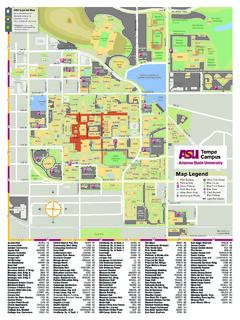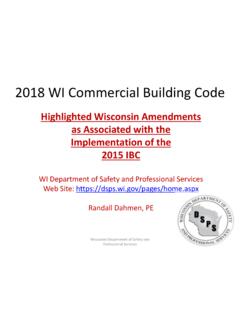Transcription of Saving Lives. Protecting People. Saving Money Through …
1 Saving Lives. Protecting Money Through Lives. Protecting People. Saving Money Through MoneyThrough Money Through Importance of EpidemiologyEpidemiology is the study of the origin and causes of diseases in a community. It is the scientific method of investigation problem-solving used by disease detectives epidemiologists, laboratory scientists, statisticians, physicians and other health care providers, and public health professionals to get to the root of health problems and outbreaks in a of an outbreak investigationIn February 2009, when two fatal cases of meningitis occurred at Fort Leonard Wood, MO, an Army training center, it was time for disease detectives to get to work. The investigation would identify the cause of the outbreak and lead to interventions to prevent further cases of the outbreak Two previously healthy trainees were diagnosed with Streptococcus pneumonia meningitis and died Both trainees belonged to Alpha Company, which consisted of 303 trainees total The number of cases of pneumonia increased during this time period The outbreak occurred during February 6-14, 2009 Epidemiologists needed to consider important information about the case, such as the number of people at Fort Leonard Wood (FLW)
2 Training camp, the routine vaccinations trainees and staff receive at and before arrival at FLW, and the housing and training separated by different companies within the 554th Battalion at FLW. Gathering informationEpidemiologists collected data on symptoms, past medical history, laboratory testing, exam findings, and recent treatments that trainees and training staff had received. They reviewed medical records from the training camp and civilian hospitals, including a list of trainees who were too ill to participate in routine training and medical charts of patients with pneumonia in the troop for Disease Control and PreventionOffice of the DirectorThe Importance of EpidemiologySaving Lives. Protecting People.
3 Saving Money Through MoneyThrough Money Through Lives. Protecting Money Through periodDuring the investigation period, February 1-21, 2009, epidemiologists surveyed all trainees and training staff of the 554th Battalion, and trainees who came to the camp from their homes in the community. Nasal and throat swabs were collected from certain trainees and survey collected: Demographic information Information on symptoms of illness Health care use Influenza vaccination status Treatment with antibiotics during the investigation periodAfter the data were collected, the epidemiologists created a database with the information. The data were analyzed to determine trainee and training staff characteristics thought to be associated with the infection.
4 ResultsEpidemiologists determined that the two fatal cases of meningitis were the only meningitis cases identified during the investigation period, and 72 cases of pneumonia were identified among all the trainees. They were able to rule out the following risk factors as not being associated with getting sick: taking antibiotics, living in a bay (more than four trainees per room), smoking, having one or more illness symptoms, and living on a particular floor of the epidemiologists used what they learned to prevent future outbreaks from occurring. They were able to stop the outbreak after trainees and training staff received vaccinationsand antibiotics, and after hand hygiene and cough etiquette were strengthened.
5 The information gained from this investigation will improve outbreak detection and timely response at military training installations, and new vaccines may provide opportunities to reduce pneumonia among military trainees in the future. Dawood et al.: Outbreak of Pneumonia in the Setting of Fatal Pneumo-coccal Meningitis among US Army Trainees: Potential Role of Chlamyd-ia pneumonia Infection. BMC Infectious Diseases 2011 11:157 For more information on epidemiology, visit or call view this fact sheet on the web, visit














